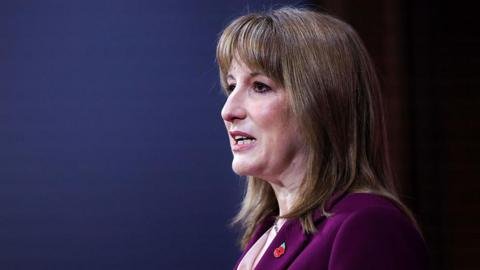Income Tax Drama: Why Chancellor Rachel Reeves Reversed Course on Tax Hikes
Recent political tensions surrounding Chancellor Rachel Reeves have sparked intense speculation about a potential income tax increase in her upcoming Budget. Just weeks prior, Reeves was hinting at a 2p rise in income tax, intended to fill a £30bn gap in public finances, largely due to a downgrade in productivity projections. This plan, known as the ‘2 up, 2 down’ approach, was designed to balance the tax increase with an equivalent cut in National Insurance, aiming to raise funds primarily from non-wage income such as landlords and savings.
However, as the latest assessments by the Office for Budget Responsibility (OBR) suggested improved wage and tax forecasts, Reeves decided to abandon the tax hike, bringing the budget gap estimate closer to £20bn. This decision was underscored by Health Secretary Wes Streeting, who emphasized the government’s commitment to its manifesto, indicating that breaking tax promises could hurt their political integrity.
This dramatic shift in policy, described as a ‘hokey cokey’, also sent shockwaves through the bond markets. The early forecast of a tax raise had given the market a sense of fiscal confidence, but the sudden withdrawal of such measures raised concerns, leading to increased borrowing costs for the government. The effective rates for 10-year gilts rose, indicating unease among investors.
Despite clearer financial projections potentially relieving some pressure, the market’s apprehensions remained, reflecting doubts about Reeves’s willingness to endure political pain for fiscal stability. The Chancellor’s strategy now appears focused on increasing the buffer in her borrowing rules, potentially maintaining a £40bn freeze on tax thresholds to address ongoing cost of living issues.
As the political landscape continues to evolve, insiders suggest that the final Budget decisions are still pending, leaving a cloud of uncertainty before the critical announcement on November 26.

